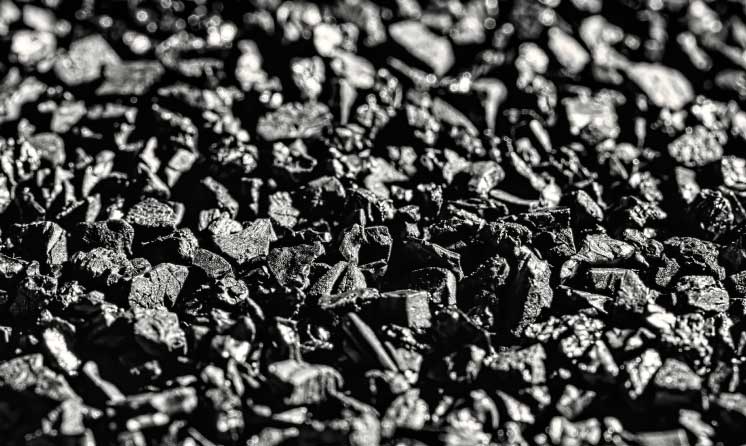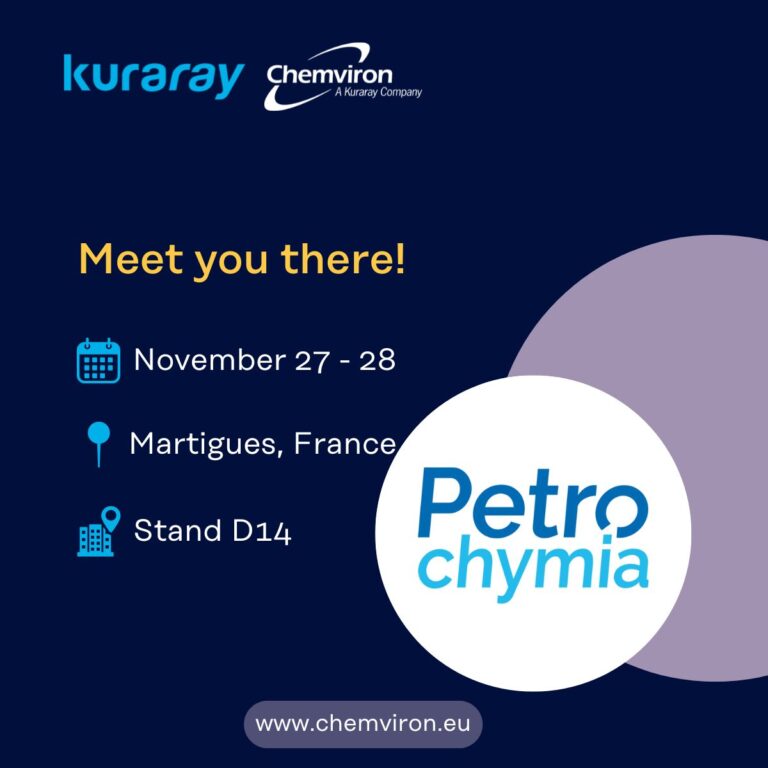
What are Per and Polyfluoroalkyl Substances – PFAS?
Per- and polyfluoroalkyl substances (PFAS) are a large family of chemicals that contain carbon, fluorine and other elements. Historically, these may have been referred to under the term ‘PFC’ which
Chemviron est le fournisseur de solutions de purification, leader dans l’industrie du charbon actif, et de la réactivation pour diverses applications en phase liquide et gazeuse.
Chemviron contribue aussi à la préservation de notre environnement ! Grâce à nos centres de réactivation en Angleterre, en Belgique et en Italie, nous proposons la réactivation à façon des charbons actifs issus des applications de traitement de l’eau potable, des édulcorants et autres produits alimentaires ainsi que des applications industrielles. Par cette revalorisation, nous contribuons à la protection des ressources naturelles en réduisant les émissions de CO2 et en réutilisant la matière première.

L’expertise technique et l’expérience de Chemviron dans une large gamme de procédés industriels permettent à nos ingénieurs de fournir la solution de charbon actif et de service la plus appropriée et la plus rentable pour votre application. Nos laboratoires techniques spécialisés effectuent des essais accélérés sur colonne et fournissent des unités pilotes pour l’évaluation sur site afin de nous permettre de déterminer les conditions d’exploitation idéales pour le processus. Contactez notre équipe technique pour plus d’informations.

Nos filtres à charbon mobiles permettent de livrer de manière rapide et efficace, en évitant toute manipulation de charbon sur site. Notre concept “Plug and Purify” garantit une installation rapide, une mise en service immédiate et une perturbation minimale des activités de votre site. Ces derniers sont couramment utilisés dans les applications liées à l’air, au biogaz, à l’eau et aux liquides.

Chemviron est le plus gros producteur au monde de charbon actif en grain, utilisés depuis plus de 80 ans par les industries pour purifier l’air, l’eau, les sucres et les produits chimiques liquides. En tant que producteur de charbons actifs à base de charbon, de noix de coco et de bois, mais aussi des agents filtrants à base de terre de diatomée et de perlite, Chemviron est le partenaire idéal pour vous aider à choisir le produit et la solution les mieux adaptés à votre processus.

Chemviron, société du groupe Kuraray et filiale européenne de Calgon Carbon, est le principal fournisseur de solutions de purification, utilisant le charbon actif, des systèmes de traitement innovants, et leurs services connexes pour optimiser les procédés de production.
Calgon Carbon, dont le siège social se trouve à Pittsburgh en Pennsylvanie, est le plus gros producteur de charbon actif au monde. Nos usines de production, nos exploitations et nos centres de réactivation sont situés aux Etats-Unis, en Europe et en Asie.

Per- and polyfluoroalkyl substances (PFAS) are a large family of chemicals that contain carbon, fluorine and other elements. Historically, these may have been referred to under the term ‘PFC’ which

Vous souhaitez en savoir plus sur les solutions pour éliminer les PFAS dans le traitement des eaux ? Rejoignez-nous pour ce webinaire gratuit qui présente la technologie du charbon actif

Airborne pollutants and contaminants come from a variety of sources. Although they may be in low concentrations, they can exhibit harmful and toxic properties. In chemical and industrial facilities, laboratories

Quand : 22-23 janvier 2025 Où : Parc des Expositions de Rennes, France Stand: Hall 4 – 39B Chemviron sera au Carrefour des Gestions Locales de l’Eau 2025 à

Quand : 22-23 janvier 2025 Où : Parc des Expositions de Rennes, France Stand: Hall 4 – 39B Chemviron sera au Carrefour des Gestions Locales de l’Eau 2025 à

Chemviron exposera à Petrochymia 2024, un événement majeur pour les industries chimiques, pétrochimiques, et pétrolières et gazières. Rejoignez-nous pour découvrir nos technologies de charbon actif et notre service de filtres


RAI Amsterdam
11-14 March 2025
Stand 12.208
Join us at Aquatech to discover our drinking water and wastewater purification solutions.